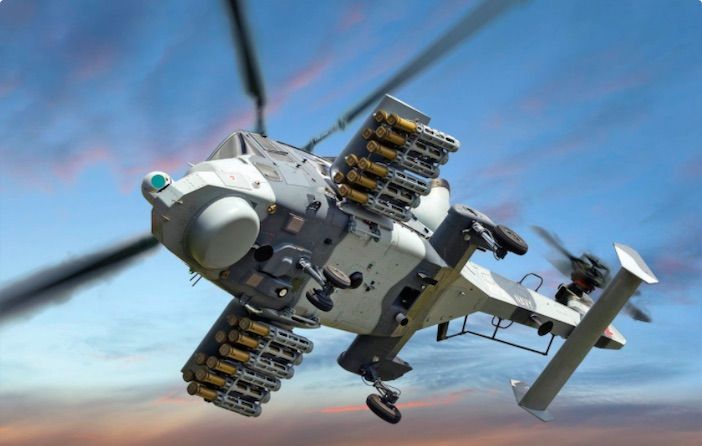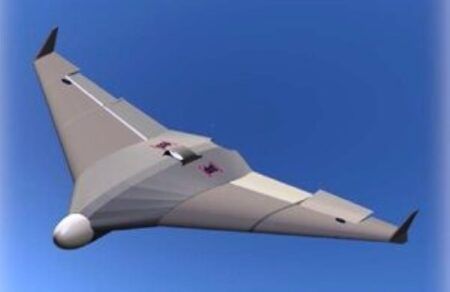Leonardo and Thales have successfully fired for the first time the Thales Martlet Lightweight Multirole Missile from Leonardo’s AW159 Wildcat helicopter. The Wildcat, which first flew in 2009, is operated by the British Army and Royal Navy and is the successor to the Lynx helicopter.
The firings were conducted as part of the UK Ministry of Defence’s (MoD) Future Anti-Surface Guided Weapon (FASGW) program and demonstrated the integration of the Martlet onto the AW159 platform. The successful test represents a major milestone and enables the missile to enter service with the Royal Navy later this year.
The firing trials were conducted from April 27 to May 21 and. All of the teams involved had to adopt strict distancing procedures to prevent the spread of Covid-19.
Nick Whitney, managing director of Leonardo Helicopters (UK) said, “This major milestone demonstrates that the combination of the AW159 Wildcat and Martlet missile will be a flexible and effective tool for the Royal Navy. “Next year the Wildcat fleet will embark on Carrier Strike Group missions with HMS Queen Elizabeth on its maiden operational deployment.”
Philip McBride, general manager integrated airspace-protection systems at Thales UK said. “The successful live firings of the Thales LMM Martlet from the AW159 Wildcat is a key milestone in the program, delivering a significant step-change in capability for the platform.
“Martlet will ensure that the Wildcat has the best-in-class offensive capability to protect HMS Queen Elizabeth and her task group during her maiden operational deployment next year. With each platform capable of carrying up to 20 Martlet, the Wildcats deployed with the task group will be a significant deterrent to anyone wishing to interfere with UK interests.”
Leonardo have been working to integrate, test and install the MBDA Sea Venom (heavy) and Thales Martlet Lightweight Multirole Missile (LMM) missile systems onto Royal Navy AW159 Wildcat helicopters since July 2014 under the Future Anti Surface Guided Weapon (FASGW) program.
The FASGW (light) part of the program has now seen the LMM, with its associated launcher and airborne laser guidance unit, successfully integrated into the Leonardo AW159 Wildcat sensor, displays and avionics systems. The LMM will help the Royal Navy engage smaller, fast-moving, asymmetric threats which have high mobility, small thermal and radar signatures and the severe background clutter encountered said Leonardo, as well as air targets such as UAVs and other maritime helicopters.
The launchers are mounted to the AW159 using the Leonardo Weapon Wing, developed at the company’s design and manufacturing facility in Yeovil, UK and first trialled last year. Each weapon wing will be able to carry either ten Martlet or two Sea Venom missiles and generates additional lift for the helicopter in forward flight, reducing demands on the main rotor.





